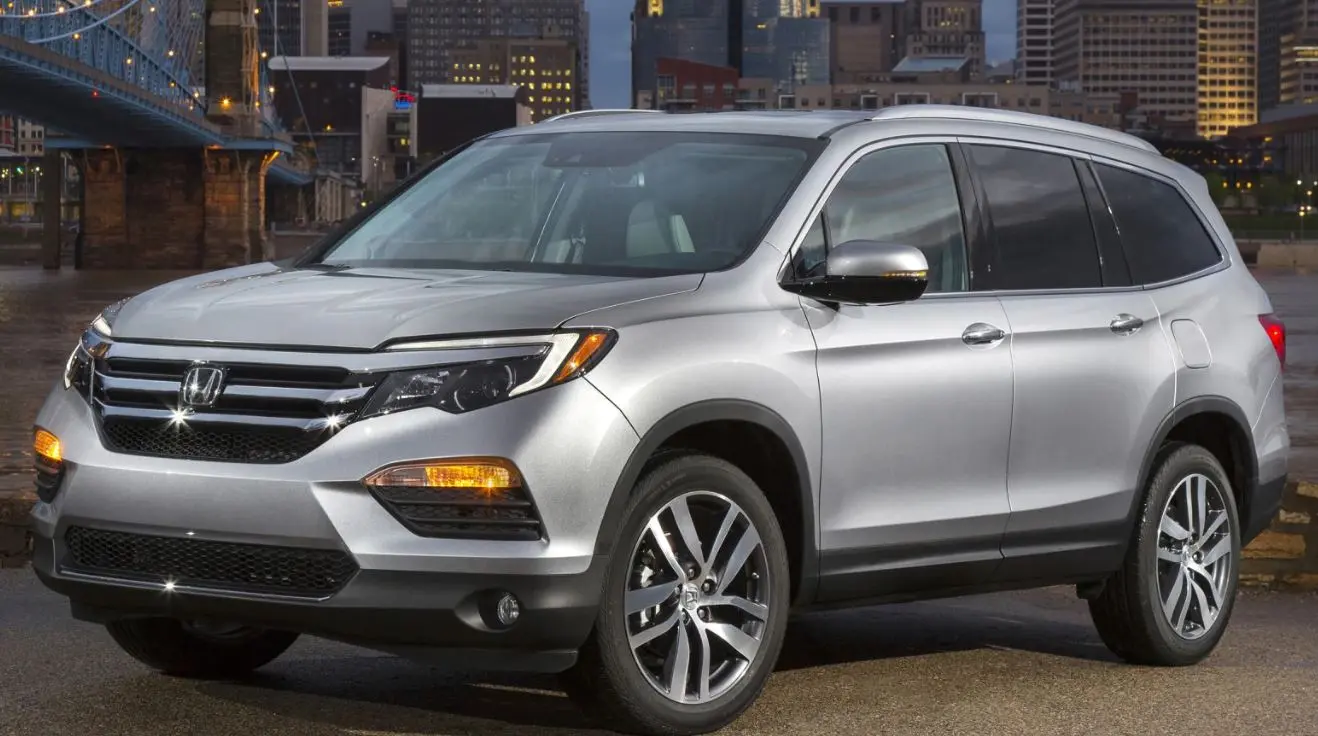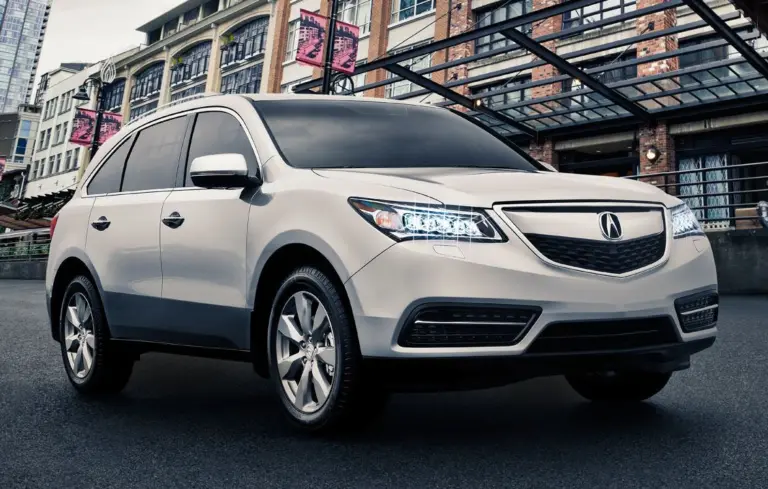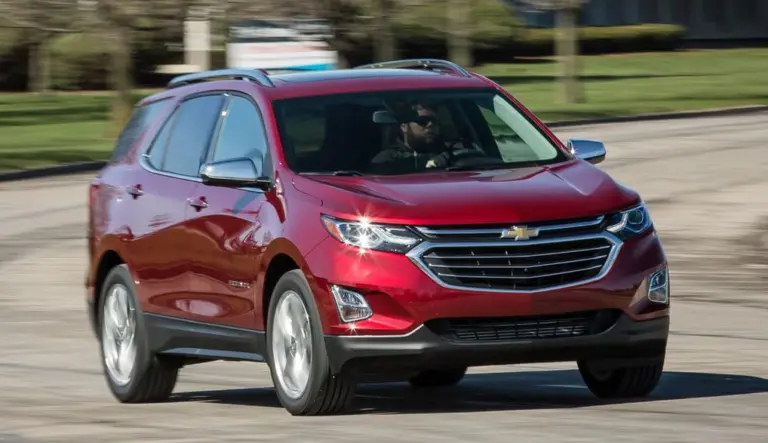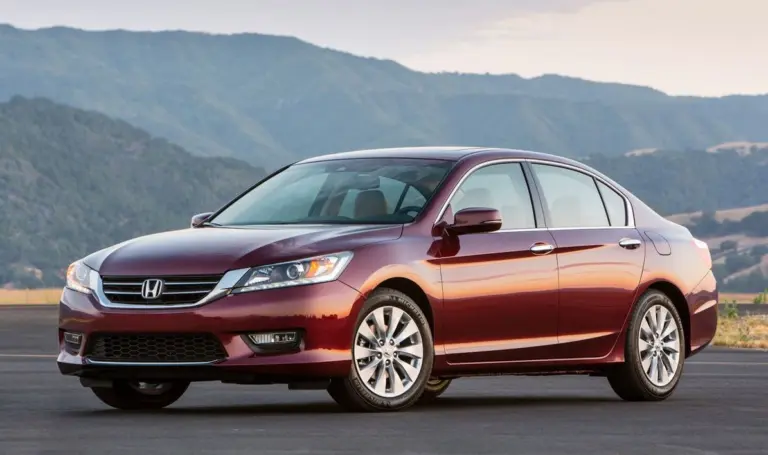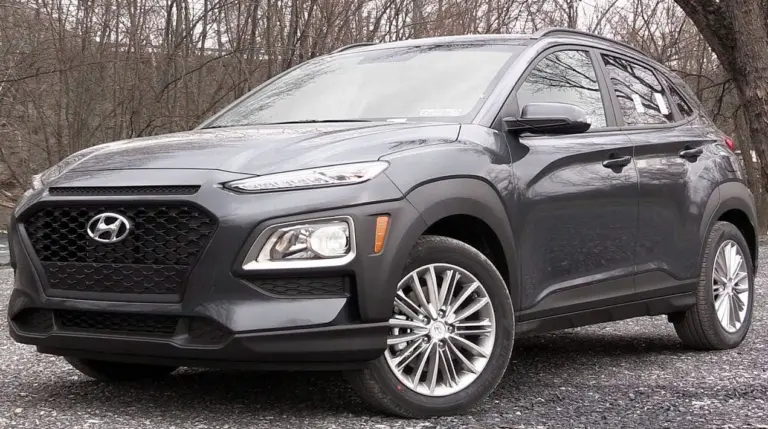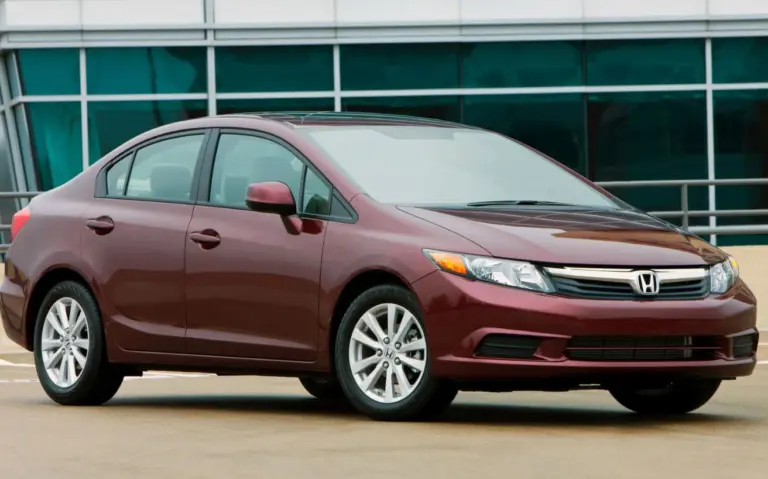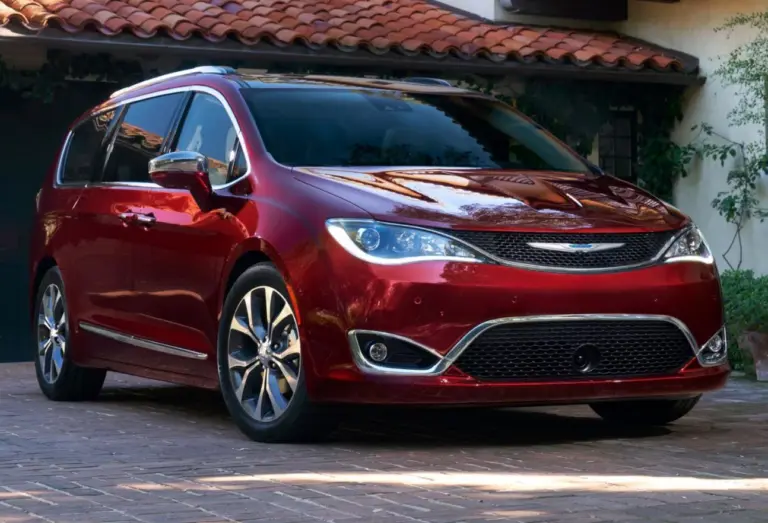Honda Pilot Years to Avoid (Updated)
The Honda Pilot has been a popular choice for families seeking a reliable and spacious SUV since its introduction in 2003. However, not all model years have lived up to the brand’s reputation for quality and dependability.
If you’re in the market for a used Honda Pilot, it’s crucial to know which years to steer clear of to avoid potential headaches and costly repairs. Let’s examine the Honda Pilot years to avoid and the common issues associated with these problematic models.
Honda Pilot Years to Avoid
While the Honda Pilot is generally considered a reliable vehicle, certain model years have been plagued with more issues than others. Here’s a comprehensive table outlining the Honda Pilot years to avoid and their associated problems:
| Model Year | Major Issues |
|---|---|
| 2003 | Transmission failures, electrical problems |
| 2005 | Transmission issues, paint peeling, electrical malfunctions |
| 2009 | Excessive oil consumption, transmission problems |
| 2011 | Transmission shifting issues, brake problems |
| 2013 | Paint quality issues, fuel injector failures |
| 2016 | Transmission problems, electrical glitches, infotainment system issues |
Now, let’s take a closer look at some of these problematic years and the specific issues that make them Honda Pilot models to avoid.
2003 Honda Pilot
The inaugural year of the Honda Pilot was unfortunately marred by significant issues. The 2003 model is notorious for its transmission problems, which often resulted in complete failure. Many owners reported experiencing slipping gears and sudden vehicle stoppages due to torque converter failures. These issues typically surfaced around 100,000 miles, leading to expensive repairs or full transmission replacements costing upwards of $4,000.
Additionally, the 2003 Pilot suffered from various electrical problems. Faulty ignition switches and malfunctioning door locks were common complaints among owners. These issues not only caused inconvenience but also raised safety concerns.
2005 Honda Pilot
Despite Honda’s efforts to address earlier problems, the 2005 Pilot continued to exhibit transmission flaws. Fluid leaks were a persistent issue, often resulting in rough gear shifting and premature wear of internal components. The defective torque converter in this model year led to surging or sudden stalls while driving, creating potentially dangerous situations on the road.
Beyond mechanical issues, the 2005 Pilot was plagued by cosmetic defects. Many owners reported paint peeling and rusting, particularly in darker colors like black and navy blue. These problems not only affected the vehicle’s appearance but also decreased its resale value.
2016 Honda Pilot
The 2016 model year marked the beginning of the third generation Pilot, but it came with its own set of problems. This year is particularly notorious for transmission issues, especially in models equipped with the 9-speed automatic transmission. Owners reported rough shifting, hesitation, and in some cases, complete transmission failure.
Electrical glitches were also prevalent in the 2016 Pilot. Many drivers experienced problems with the keyless start system and infotainment system, with some unable to start their vehicles. These issues often required costly repairs and left many owners frustrated with their new purchases.
Common Problems Across these Model Years
While each problematic year of the Honda Pilot had its unique issues, some problems were common across multiple model years. Understanding these recurring issues can help potential buyers make informed decisions:
Transmission Problems
Transmission issues have been a persistent problem for several Honda Pilot model years. Common symptoms include:
- Rough or delayed shifting
- Sudden acceleration or deceleration
- Transmission fluid leaks
- Complete transmission failure
These problems often resulted in costly repairs or full transmission replacements, significantly impacting the vehicle’s reliability and owner satisfaction.
Electrical Issues
Electrical problems have plagued several Pilot model years, manifesting in various ways:
- Faulty ignition switches
- Malfunctioning door locks
- Issues with the keyless entry and start systems
- Infotainment system glitches
These electrical issues not only caused inconvenience but also raised safety concerns in some cases.
Engine Problems
While less common than transmission issues, some Honda Pilot years experienced engine-related problems:
- Excessive oil consumption
- Engine mounts failures
- Timing belt tensioner issues
These engine problems often led to increased maintenance costs and, in severe cases, premature engine wear.
Frequently Asked Questions (F.A.Q)
Q1. What is the most reliable year for Honda Pilot?
While opinions may vary, many consider the 2012-2015 model years of the second generation Honda Pilot to be among the most reliable. These later years of the second generation had most of the early issues ironed out and generally received positive reviews for their dependability.
Q2. How long do Honda Pilots typically last?
With proper maintenance, a Honda Pilot can last 200,000 miles or more. Many owners report their Pilots running strong well beyond this milestone, especially in models from more reliable years.
Q3. Are newer Honda Pilots more reliable than older models?
Generally, yes. Honda has addressed many of the issues present in earlier models, and newer Pilots tend to be more reliable. However, it’s important to research specific model years, as even some recent models (like the 2016) have had their share of problems.
Q4. What are signs of transmission problems in a Honda Pilot?
Signs of transmission issues in a Honda Pilot may include rough or delayed shifting, unexpected surges in acceleration or deceleration, strange noises when shifting gears, and transmission fluid leaks. If you notice any of these symptoms, it’s best to have your vehicle inspected by a qualified mechanic.
Q5. How can I avoid buying a problematic Honda Pilot?
To avoid purchasing a problematic Honda Pilot, research the specific model year you’re interested in, have a trusted mechanic inspect the vehicle before buying, and check the vehicle’s history report for any recurring issues or major repairs. Avoiding the model years listed in this article can also help reduce the risk of buying a problematic Pilot.
Wrapping Up
While the Honda Pilot is generally a reliable and popular SUV, certain model years have proven to be more problematic than others. By avoiding the years highlighted in this article and being aware of common issues, you can make a more informed decision when purchasing a used Honda Pilot.

